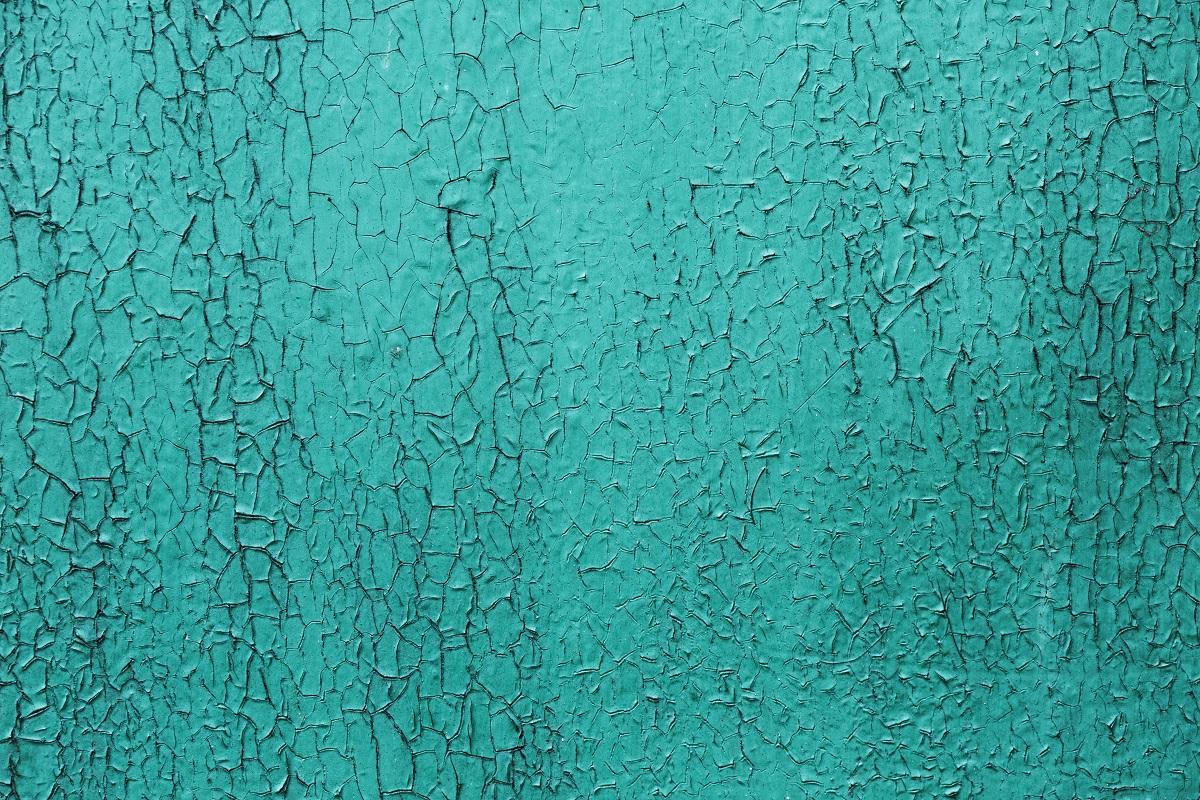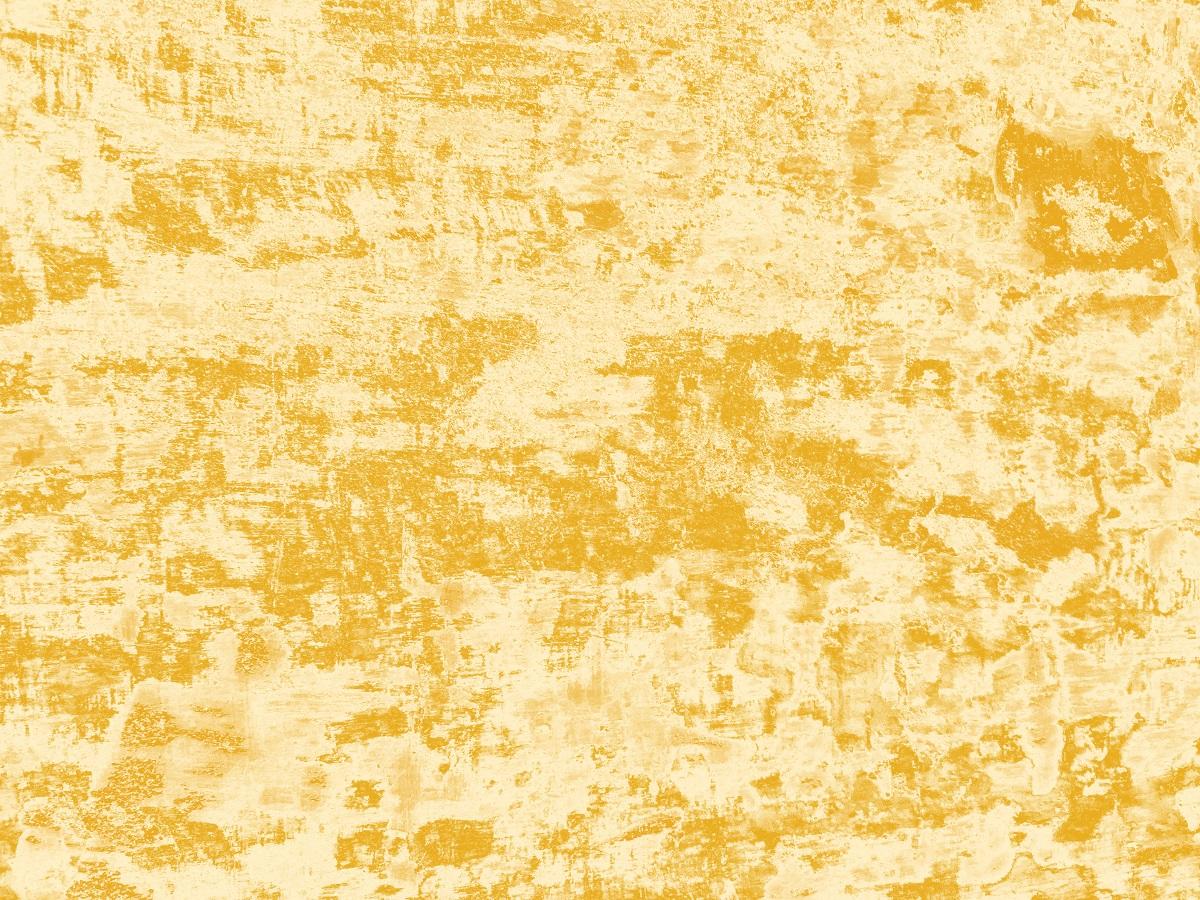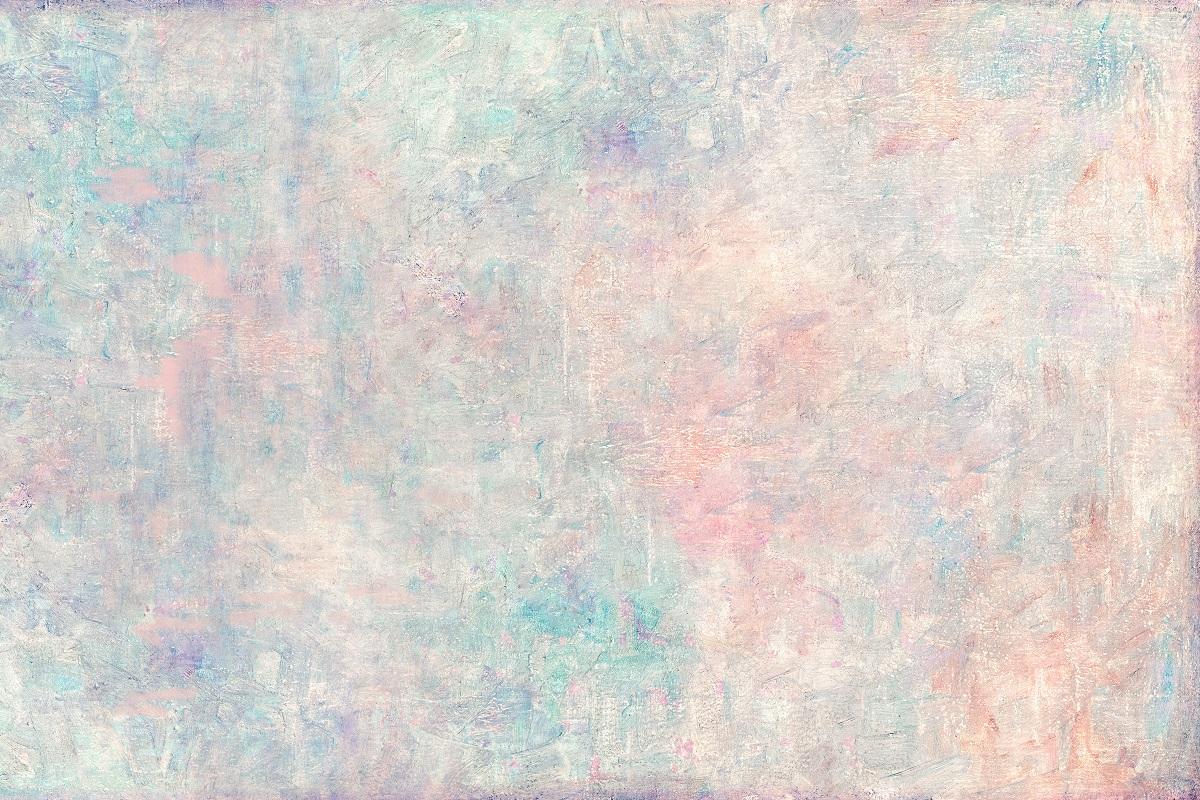To be honest, even when you use the best concrete paints, an outdoor concrete surface will need to be repainted every couple of years.

There are several reasons behind it, including the regular wear and tear that's sustained by the concrete surface. However, you don't need to worry, as repainting the surface isn't as hard as it seems.
That's why we thought of creating this guide to help you repaint peeling paint on concrete. We have also tried to provide tips that will let you achieve a better finish to prevent the paint from peeling anytime soon.
What Causes Paint To Peel From A Concrete Surface?

Before we learn about how to repair peeling paint, it's essential to find out what might be the underlying problem. While some paints may peel due to regular wear and tear, at times, even a freshly applied coat of paint may come off due to low adhesion.
Let's see some other reasons why the paint might be peeling from a concrete surface.
1. Moisture
One of the most common reasons of peeling paint on concrete is moisture. This is especially prevalent on outdoor concrete surfaces like a porch or driveway, which is exposed to rain and snow.
Moisture can be problematic if a concrete surface isn't treated or fixed before applying the layer of paint. On top of that, it's essential to note that you must only paint a concrete surface that's absolutely dry. When moisture is left behind, it will prevent the layer of paint from adhering to the surface and eventually cause it to peel.
Some concrete surfaces need a moisture barrier to prevent damage. That's because the alkaline tendency of concrete often attracts water which reacts with alkali and leaves behind crystals or a whitish substance known as efflorescence on evaporation. These substances usually brush against the layer of paint, causing it to peel.
2. Lack Of Preparation
Another key reason that paint ends up peeling from a concrete surface is the lack of preparation before painting. It's important to prep the surface so that it's absolutely clean before applying the paint.
Any presence of grease, wax, oil, and dirt may cause the paint to peel. That's why treating a concrete surface with paint strippers and other cleaning agents is recommended to guarantee proper adhesion.
This step includes filling up any gaps or cracks on the concrete surface before painting. Professionals also recommend acid etching concrete surfaces like floors and porches to smoothen them properly for an even paint job.
3. Using Incompatible Paints
You may not realize it, but the paint used for the concrete surface may have been incompatible. For instance, in many cases, people just use an acrylic concrete paint on outdoor concrete surfaces, which may end up peeling sooner.
It's advisable to use an epoxy or latex paint meant for outdoor surfaces as it will surely last longer. Furthermore, follow the instructions properly to get optimal adhesion to prevent paint flakes and peeling. Sometimes it might be better to check out other options like a concrete stain to see whether they're more suitable for a specific concrete surface.
4. Too Many Layers
Believe it or not, paint often peels from concrete surfaces due to the application of too many layers. People often add multiple layers hoping that the paint is going to last longer on the surface, which isn't the case.
It's best to stick with a maximum of two layers and use them in conjunction with a good primer as well as a sealant. Also, it's necessary to let thin layers dry completely before a new paint layer is applied.
5. Exposure To Corrosive Substances
One of the common reasons for peeling paint that's often overlooked is the use of harsh chemicals on the surfaces. It's usually caused due to the use of a strong detergent or cleaning agent on the painted surface, which loosens the paint. In many cases, the paint on a concrete surface may start to peel, crack, or blister soon after it has been exposed to harsh corrosive substances.
How Do You Paint Over Peeling Paint On Concrete?

Now that you know about the reasons for peeling paint, it's time to learn how to repaint the surface. Remember that it's essential to follow these steps to ensure that the painted surface won't deteriorate quickly.
1. Clean The Surface And Remove Existing Paint
The first step of repainting the surface is to make it as clean as possible. You'll need to remove peeling paint from the concrete using a scraper and wire brush, making sure that nothing is left behind.
Some people like to treat concrete floors and walls with a paint stripper to make the process easier or power wash the surface to get rid of all the paint. If required, you may use the pressure washer to remove dirt and debris, while pressurized water is also useful in removing efflorescence from an alkaline concrete surface.
In the case of painted garage floors, there might be a further requirement of using a degreaser to get rid of grease stains. Meanwhile, check out how to paint a garage door to give your garage space a revamped look.
Once the concrete surface is free from paint and dirt, let it dry for a couple of days to ensure no moisture is left behind.
2. Fix The Surface
After wire brushing and power washing a concrete surface, you're more likely to see any damage it might have sustained. This would be the best time to fix any holes or cracks with a recommended filler. If there's too much damage, ensure the surface is checked by a professional to identify whether it needs special care.
A properly prepared concrete surface needs to be smooth, so after filling the damaged areas, you can use sandpaper to even out the surface. You can pressure wash it once more to eliminate any debris left behind after sanding.
3. Acid Etching
If you're working on a previously painted concrete floor, acid etching might be a necessary step for the new paint film to stick better. Typically, a 10% solution of muriatic acid and water is applied on a clean, dry concrete floor for this process.
The solution is left for 10-15 minutes, and then the surface is washed with clean water. This etching process is supposed to neutralize the surface, and a properly etched concrete floor should have a texture like 120-grit sandpaper. Etching is also said to prevent saponification and efflorescence, which are common problems of improperly treated concrete floors.
4. Apply A Sealant And Primer
Did the old paint on your concrete surface peel due to excess moisture? It would be best to use a few coats of moisture sealant on the surface before applying the paint. Just make sure that the entire surface is completely dry so that moisture isn't able to seep under the sealant.
Another key step is to coat the surface with a proper primer which acts as a barrier between the concrete and the paint. If possible, look for a 2-in-1 primer plus sealer product to make the process easier. And remember to use even strokes to apply both the sealant and primer so that the surface is properly coated.
5. Paint The Surface
Once the primer has cured, it's time to start painting. We recommend using a roller for most of the surface as it's easier to use, even for a beginner. Just remember that the first coat should be light, and you should lay it down evenly with overlapping strokes. And use a paintbrush on the corners and rough edges for a smooth finish.
It's best to let the first paint layer dry for at least 24 hours before laying down the second coat. But, you should always follow the instructions provided by the brand to achieve optimal results.
When painting an outdoor concrete surface like a porch, try to do it when there's no possibility of rain for a couple of days. Or, get a quick-drying concrete paint meant for outdoor use to make the process hassle-free.
Check out ideas for painting concrete porch to turn a dull, bare concrete surface into something eye-catching with simple paints. We recommend using a top coat or concrete paint sealer to make the paint job even more long-lasting.
How Do You Paint Over Peeling Paint On Concrete FAQs ?
Can you paint over loose or peeling paint?
Well, it's certainly tempting to go ahead and paint over the existing peeling paint, but that won't be right. Painting over an already peeling paint won't be a great solution as the new layer will invariably start to peel in a few days.
Start by scraping the existing paint with a wire brush to smoothen the surface. Then, you should apply a primer if needed and paint over the concrete surface with a new layer of paint. Remember not to use a thick layer as it may affect the quality while drying, which can lead to the paint peeling off sooner than expected.
Why is paint peeling off your concrete wall?
There can be various reasons for loose paint on concrete walls, but the most common one is the presence of moisture in the masonry. When you paint a concrete wall too soon, the water present inside the masonry can lead to poor adhesion and the paint peeling.
Moisture seeping into masonry is an issue when concrete exterior walls are regularly exposed to environmental factors like snow and rain. Another reason for peeling paint on walls is stress caused by factors like age and exposure to extreme conditions.
Whatever might be the reason, ensure to use a paint stripper to get rid of the existing paint and scrub the walls thoroughly before applying a fresh layer of paint.
What is the best paint to use on concrete?
One of the reasons paint peels from concrete is due to the use of the wrong type of paint. That's why before starting a project, it's essential to get a high-quality paint suitable for concrete surfaces that will last for a long time.
By far, latex and epoxy paints are the preferred option for most concrete surfaces. In fact, you'll be able to find these paints in formulations that even work on glossy surfaces.
Whenever you're buying concrete paint, make sure to check where and how it's supposed to be used. For instance, if you want to repaint peeling garage floors, then it's wise to choose a paint that's designed to resist chemicals and hot tire pick-up.

How Do You Paint Over Peeling Paint On Concrete Final Words
All in all, if you have concrete surfaces at home that are peeling, make sure to repaint them properly for the surface to last longer. We hope this guide will surely help you with the much-needed tips to make the painting process a bit smoother.
There can be times when there might be underlying issues with concrete surfaces which may require professional expertise. In such cases, don't forget to contact a local contractor for further help while painting concrete floors and surfaces.
Another thing that you should remember is to use protective clothing and gear while working with concrete paint. And try using a good quality paint with little to no harmful chemicals if you're a beginner to ensure safety while painting a concrete surface.
